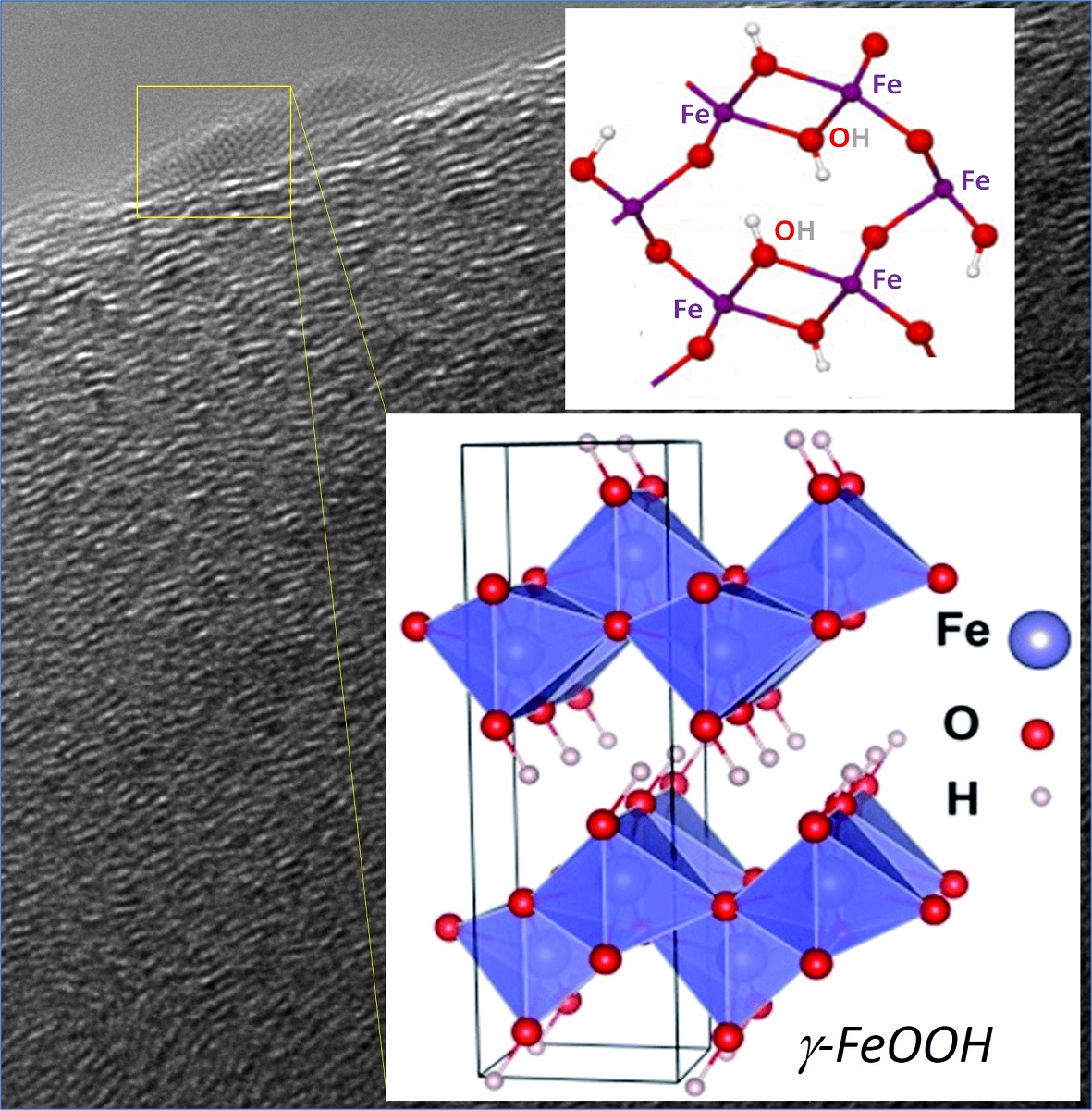Molecular mechanisms for N2 fixation (solar NH3) and CO2 conversion to C2+ products in enzymatic conversion (Nitrogenase), electrocatalysis, metal-complexes and plasma-catalysis are analysed and compared. It is evidenced that differently from what present in thermal and plasma-catalysis, the electrocatalysis path requires not only the direct coordination and hydrogenation of undissociated N2 molecule, but to realize a series of features present in the Nitrogenase mechanism. There is the need of i) a multi-electron and -proton simultaneous transfer, not as sequential steps, ii) forming bridging metal hydride species, iii) generate intermediates stabilized by bridging multiple metal atoms, iv) have the capability of the same sites to be effective both in N2 fixation and in COx reduction to C2+ products. Only iron oxide/hydroxide stabilized at defective sites of nanocarbons was found to have these features. This comparison of the molecular mechanisms in solar NH3 production and relations with CO2 reduction is proposed to be a source of inspiration to develop the next generation electrocatalysts to address the challenging transition to a future sustainable energy and chemistry beyond fossil fuels.

